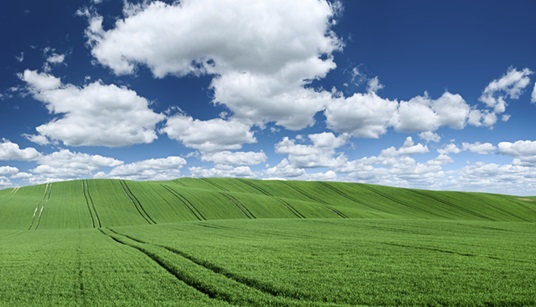VERA is implemented differently in the three participating countries, and is still not completely in place within the involved authorities. On this page, you can find detailed information on the different national application processes and how a VERA Verification Statement can be used in applying for national market access.
| The Netherlands | Denmark | Flanders | ||
| Is there a national application process that accepts VERA? | Yes | Yes | At this moment, no clear working method regarding accepting a VERA Verification Statement has been implemented by the Flemish authorities | |
| Which VERA protocols are accepted? | Air Cleaning Technologies; Livestock Housing and Management Systems | Slurry separation technologies are not covered by the Danish regulatory system | Flemish authorities are aware of VERA and are looking into the acceptance of technologies verified by VERA | |
| Additional testing, information needed? | Yes, for instance extra measurements and information on agricultural preconditions | No | Yes, for instance measurements should only take place in mechanically ventilated barns and information on agricultural preconditions |
Information Germany: There isn’t a national approval system in Germany. Per federal state, local authorities decide whether or not to accept the use of an emission reducing technology. Therefore, there are no clear national requirements.
Please note that the information on this page is subject to changes and decisions made on national state level. Therefore it may be possible that the information is outdated. VERA tries to update this page regularly.




